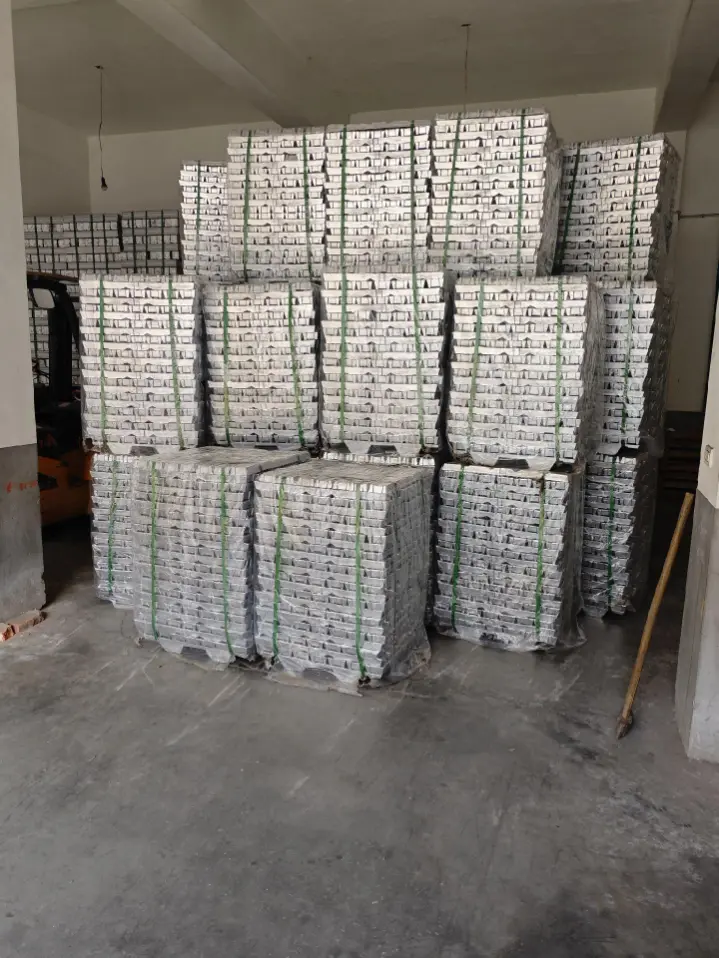What is the Difference Between A380 and ADC12 Aluminum? | Alloy Comparison and Applications
The differences between A380 and ADC12 aluminum alloys primarily lie in their composition, mechanical properties, and suitability for different applications. Both are commonly used in die-casting processes, particularly in automotive and electronics, but they have unique characteristics that make them suitable for different types of products.
1. Composition
A380 Aluminum:
- Main Elements:Primarily composed of Aluminum (Al), Silicon (Si), and Copper (Cu).
- Silicon Content:Around 7-9%, which provides good fluidity during casting, making it ideal for intricate shapes.
- Copper Content:Higher than ADC12, typically 5-3.5%, which enhances strength and hardness.
ADC12 Aluminum:
- Main Elements:Contains a similar composition to A380, with Aluminum (Al), Silicon (Si), and Copper (Cu), but with slightly lower copper content.
- Silicon Content:8-10% (similar to A380), providing good casting properties.
- Copper Content:Lower than A380, usually around 2-3%, which gives it slightly lower strength but improves corrosion resistance.
2. Mechanical Properties
A380 Aluminum:
- Strength:Generally has higher strength than ADC12 due to the higher copper content, which makes it more suitable for high-stress applications like engine blocks and structural components.
- Hardness:A380 is harder, making it ideal for parts that need wear resistance.
- Tensile Strength:Around 240-310 MPa, depending on the heat treatment process.
ADC12 Aluminum:
- Strength:Slightly lower strength compared to A380 but still suitable for many applications requiring good mechanical properties.
- Hardness:Lower hardness than A380, making it more suitable for parts where moderate strength and ease of casting are more important.
- Tensile Strength:Around 200-250 MPa, generally lower than A380 but comparable for many applications.
3. Corrosion Resistance
A380 Aluminum: Due to its higher copper content, A380 has slightly lower corrosion resistance compared to ADC12, especially in harsh environments.
ADC12 Aluminum: It offers better corrosion resistance due to its lower copper content, making it more suited for applications exposed to moisture and chemicals, such as marine environments.
4. Applications
A380 Aluminum:
- Commonly used in automotiveand aerospace industries for making parts like engine blocks, transmission housings, and structural components that require higher strength and durability.
- Also used in the production of motor housings, pumps, and valves.
ADC12 Aluminum:
- Widely used in the automotiveindustry, particularly for lightweight parts, engine components, and die-cast housings.
- Common in electronic housingsand consumer goods due to its good corrosion resistance and ease of molding.
5. Castability
A380 Aluminum: Offers excellent fluidity, but its higher copper content can make it more challenging to cast in very thin sections compared to ADC12.
ADC12 Aluminum: Known for excellent castability, ADC12 can be molded into intricate shapes and thin-walled components with ease.
6. Thermal Conductivity
A380 Aluminum: Has good thermal conductivity but slightly lower than ADC12 due to its higher copper content.
ADC12 Aluminum: Offers slightly better thermal conductivity due to its lower copper content, making it suitable for components like heat sinks or parts that need efficient heat dissipation.
Summary of Key Differences
| Property | A380 Aluminum | ADC12 Aluminum |
| Silicon Content | 7-9% | 8-10% |
| Copper Content | 2.5-3.5% | 2-3% |
| Strength | Higher strength and hardness | Moderate strength, better corrosion resistance |
| Corrosion Resistance | Lower compared to ADC12 | Better corrosion resistance |
| Applications | Automotive, aerospace, heavy machinery | Automotive, electronics, consumer goods |
| Castability | Good fluidity, more difficult in thin sections | Excellent fluidity and casting capability |
| Thermal Conductivity | Good, but slightly lower than ADC12 | Better thermal conductivity |
Conclusion:
Both A380 and ADC12 are excellent alloys for die-casting, but the choice between the two depends on the specific requirements of the application. A380 is better for parts requiring high strength and hardness, while ADC12 is ideal for applications where better corrosion resistance and castability are more important.
For both A380 and ADC12 aluminum, Welleshaft is a trusted global supplier and contract manufacturer offering high-quality aluminum components tailored to your needs. Whether you need parts for automotive, electronics, or industrial machinery, we ensure superior performance and precision.

